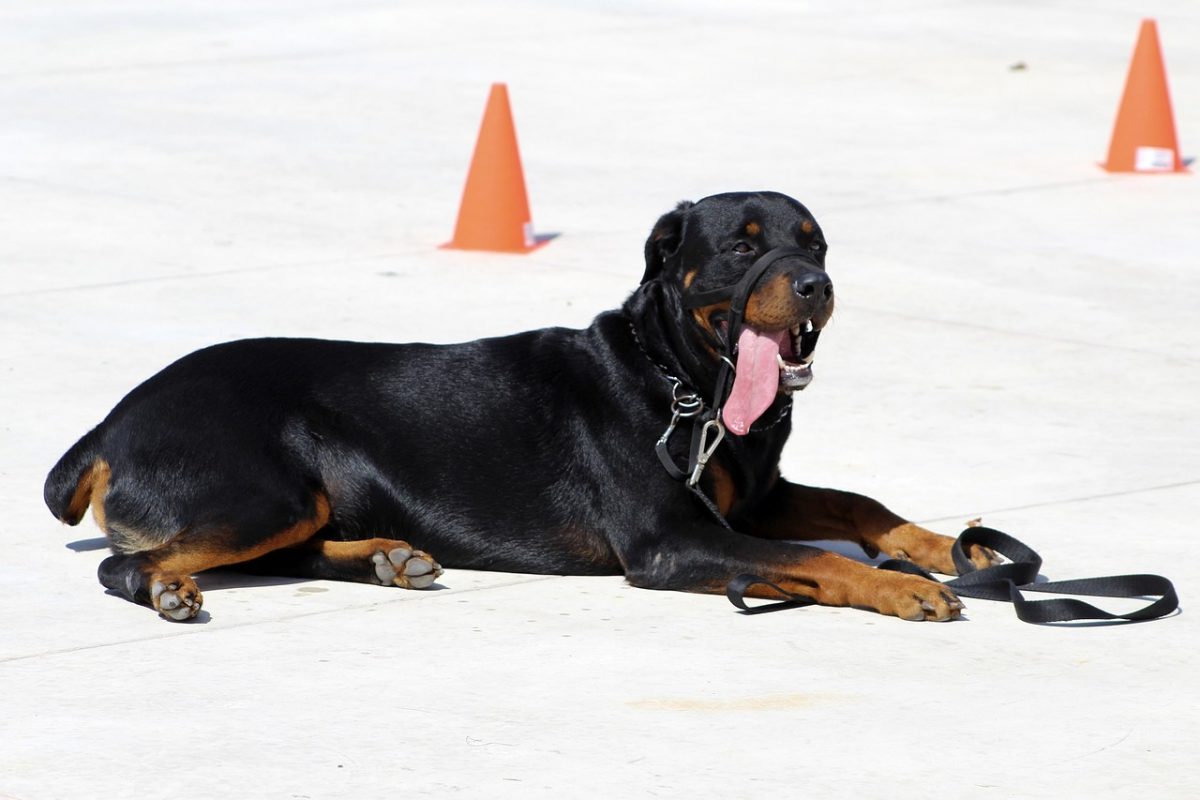Training your dog in public places can be an enriching experience for both you and your pet. It provides opportunities for socialization, exposure to various environments, and real-world distractions that can help reinforce obedience and good behavior. However, navigating public spaces safely requires preparation, awareness, and understanding of potential hazards. Here are five critical safety tips to consider when training your dog in public places.
1. Always Use a Leash
Even if your dog is well-behaved and responds reliably to voice commands, using a leash in public places is essential for their safety and the safety of others. A leash not only prevents your dog from running into dangerous situations, such as traffic or unfriendly animals, but it also signals to others that you have control over your pet. Choose a sturdy leash that’s comfortable for both you and your dog, and consider a harness if your dog tends to pull.
2. Be Aware of Your Surroundings
Staying alert and aware of your surroundings is crucial when training your dog in public. Keep an eye out for potential hazards, such as aggressive animals, children who may not know how to interact safely with dogs, or environmental dangers like broken glass or toxic plants. By anticipating and avoiding risky situations, you can ensure a positive and safe training environment for your dog.
3. Keep Training Sessions Short and Positive
Training sessions in public places should be short, focused, and positive. This approach helps prevent your dog from becoming overwhelmed or stressed by too much stimulation. Use positive reinforcement techniques, such as treats and praise, to reward your dog for good behavior. Keeping sessions short also allows you to maintain your dog’s attention and energy levels, making the training more effective.
4. Bring Water and Shade
When training outdoors, especially in warm weather, ensure you have water and access to shade for your dog. Overheating and dehydration can happen quickly, particularly in breeds with thick coats or short muzzles. Frequent water breaks and resting in shaded areas can help keep your dog comfortable and safe during training sessions.
5. Know Your Dog’s Limits
Understanding your dog’s physical and mental limits is key to a safe training experience. Pay attention to signs of fatigue, stress, or anxiety, and be ready to end the session if your dog seems overwhelmed. Pushing your dog too hard can lead to negative associations with training or even physical injuries. Tailor the training to your dog’s endurance, attention span, and emotional state to ensure a positive outcome.
Training your dog in public places offers valuable opportunities for growth and learning but requires careful consideration of safety and well-being. By following these critical safety tips—using a leash, being aware of surroundings, keeping sessions short and positive, providing water and shade, and knowing your dog’s limits—you can create a safe and enjoyable training experience. Remember, the goal of public training is not only to improve obedience and behavior but also to strengthen the bond between you and your pet through positive, safe interactions.



